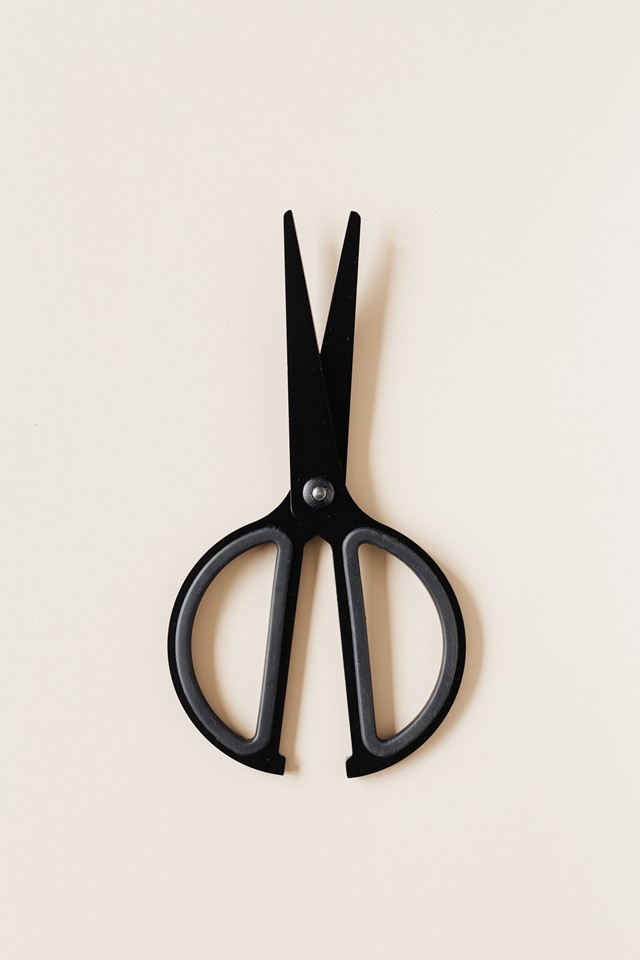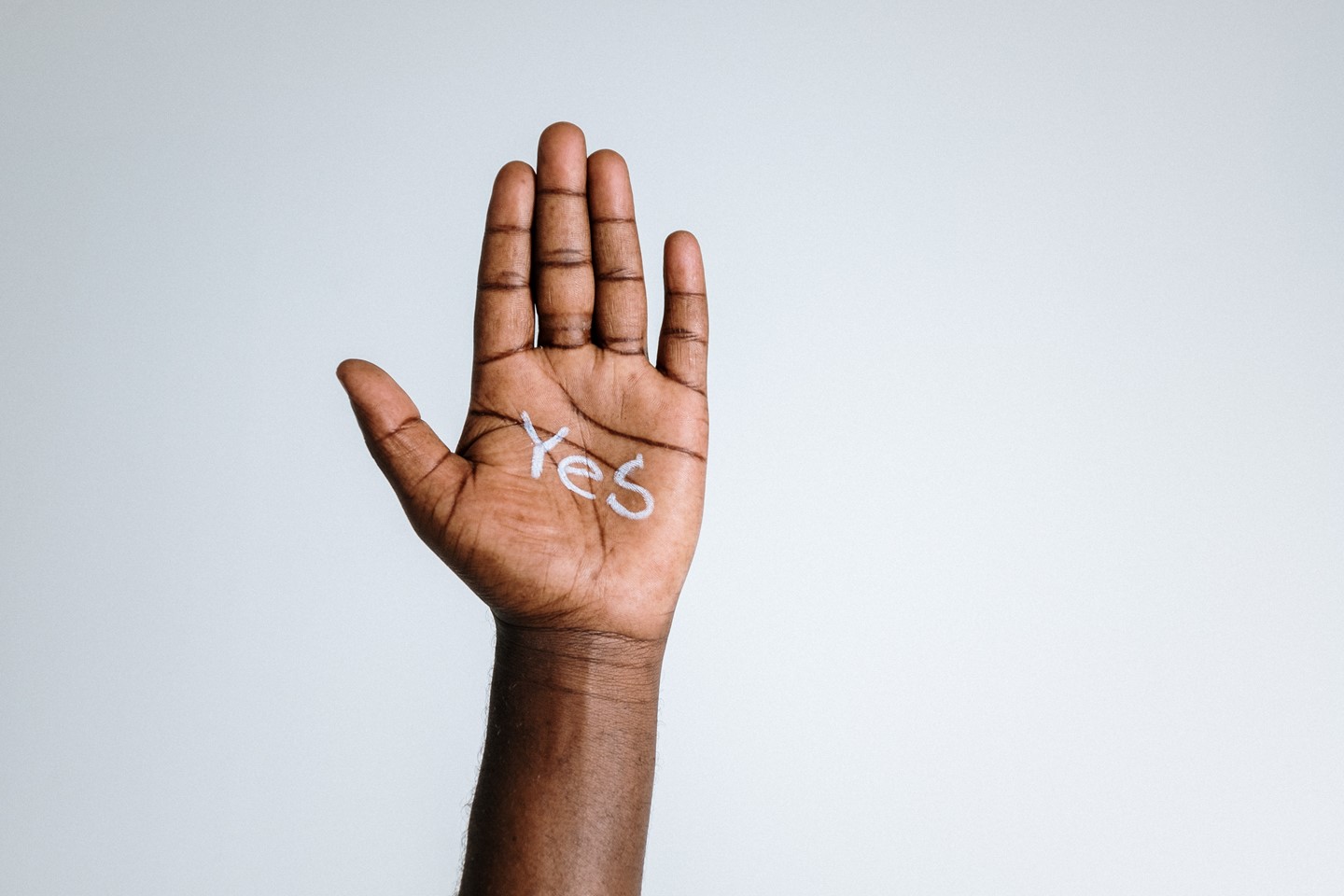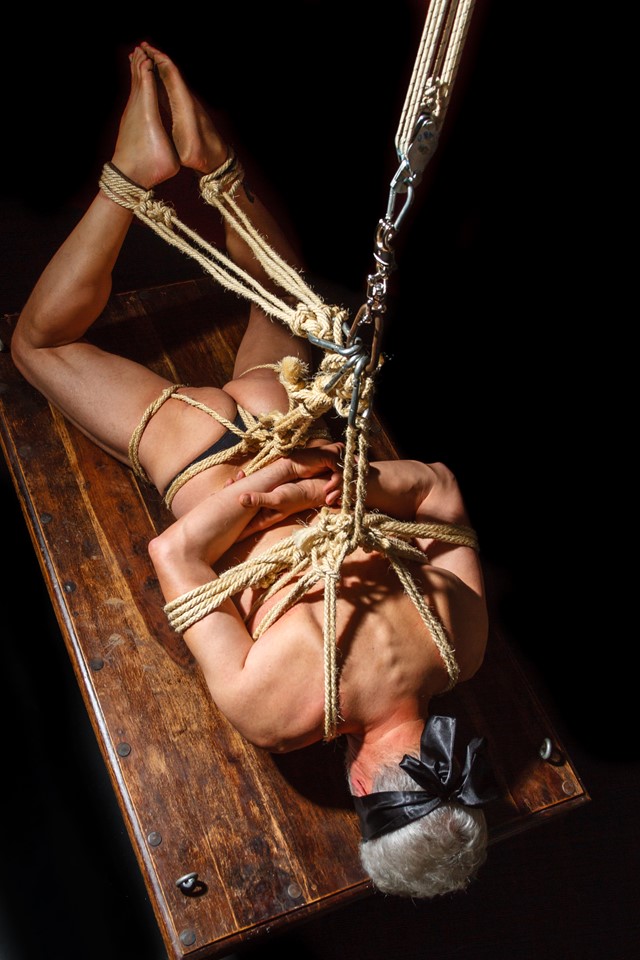Breath-Play & Risk: What You Need To Know
Disclaimer: Any activity which constricts or blocks a person’s air or blood flow comes with risk, and can never be 100 percent safe. There’s always a chance of something going wrong, and anyone who takes part in this kind of play needs to be aware of this prior to engaging. There are ways to mitigate some of this risk and keep people safer - but it’s important to say right up front that it’s never zero risk.
The below is intended to help people understand the risks involved in breath play, as well as understand some common harm-minimisation techniques/strategies if you do decide to engage in this type of play.
Burnett Foundation Aotearoa and QPK Counselling Ltd are not encouraging this type of play. The discussion and advice provided are for educational and harm-minimisation purposes only.
While there is no risk of HIV involved in breath play, it’s an important discussion we all still need to be having in our communities. You don’t need to look very far to see that choking (especially non-consensual choking) is something many people are encountering with sexual partners. Unfortunately, we have had autoerotic asphyxiation fatalities in Aotearoa, so we wanted to talk to someone from the kink community to help us understand the risks and paint a more realistic picture of this type of play. We spoke to Dee from QPK Counselling Ltd to learn a little more and share with you all.

How would breath/asphyxiation play be defined?
Breath play, in the consensual kinky sense, is a broad term that covers the restriction of breath, often by another person. While, generally, it’s thought of as constricting the neck (which can be either restriction of breath or reduction of blood flow to the brain), breath play can also include asking someone to hold their breath, using a gag or mask to reduce air availability, or blocking the nose and/or mouth.
Asphyxiation is the technical term for being deprived of oxygen. You may have heard about ‘autoerotic asphyxiation', which is the description for solo play whereby breath is reduced or cut off, usually by rope or another type of implement.
Engaging in breath play with another person is considered a type of ‘edge play’, and even when care is taken, it comes with serious dangers. Asphyxiating or restricting your breathing whilst alone is extremely risky, and not recommended.


What are some of the obvious risks involved?
There are some major risks with breath play, due to oxygen or blood deprivation to the brain. At its worst, there’s no tip-toeing around it - the person on the receiving end can die. This puts the person on the giving end at risk as well, as people cannot legally consent to be killed. There is also an inherent risk of causing cardiac arrhythmia (abnormal heartbeats), and potentially cardiac arrest.
There are also less fatal risks, particularly if there has been no education, discussion or consent. These include, but are not limited to: damage to ligaments, blood clots, bruising, emotional or psychological trauma, as well as the potential of being charged with assault if the person on the receiving end was not consenting - not to mention, of course, the harm done to the non-consenting partner.
Why might people enjoy/engage in this type of activity?
Reduction of oxygen or blood flow to the brain can lead to a feeling of light-headedness, and sometimes euphoric sensations. Additionally, as part of a negotiated kink scene, there’s a power dynamic at play - you’ve given permission for someone to do a thing to you that could potentially kill you. That can be a rush for some as well.
How common do you think this type of play is?
Interestingly, this is one of the types of play that is less regularly seen within (public party) kink play, as it’s fairly well understood by regular players that there are serious risks that come with breath play. Many kink venues are also cautious about riskier/edge play activities, including breath play, blood play, and medical play. Kinksters who do engage in these acts, tend to do so within established dynamics, and after having done their research and gained consent.
These days breath play, particularly choking, seems to be more often assumed as a part of ‘vanilla’ sex, which unfortunately can come with serious consequences. Often the people engaging in this haven’t learned about the risks or how they might mitigate them as best as possible (remember it’s never zero risk). Additionally, within ‘vanilla’ play it’s often assumed a sexual partner is open to (for example) being choked, without explicitly discussing it or gaining consent to do so. Distressingly, some people also use the normalising of such play as an excuse to seriously hurt or even kill their partners.
That said, some ‘lighter’ forms of breath play are relatively common, including in kink spaces. This might be stuffing underwear into someone’s mouth, smothering, or light holding of the throat without constriction. It’s important to note that even these come with risk - conversation beforehand and gaining and maintaining consent should always be the priority.
Find out your kink
Find out your kinks
What are some of the harm minimisation techniques you’ve heard of/seen the kink community use in order to help people play safer?
- Getting educated! Go to workshops, read literature, learn about when things have gone wrong.
- Absolutely always gain consent - remember that consent given in one play scenario doesn’t automatically roll over to a different play session.
- Check for health issues - someone with a blocked nose or a sinus infection has extra limitations, for example. If they’re older and have had heart issues, consider if it’s worth the risk at all.
- It can be valuable both for breath play and for a variety of other kinky engagements (including more common scenes, such as using rope) to have been to a First Aid course, learned CPR, and have safety scissors present.
Some useful further reading:


Remember
Always gain consent & have a pair of safety scissors nearby if using rope, string etc
Remember
Always gain consent & have a pair of safety scissors nearby if using rope, string etc
Do you think stigma around this kind of activity adds to the risk? How can we as a community mitigate that to keep our people safer?
I tend to perceive more risk coming from the assumed normality/popularity of breath play (particularly choking), than from any stigma. The best way to minimise harm and to keep safe is to normalise:
- Educating oneself,
- Communication, negotiation and consent every time, and
- Learning First Aid and keeping those skills up-to-date.
Do you think our queer communities are more likely to engage in kinkier play? Or is it a stereotype/media portrayal that skews the reality of our representation in kink communities?
Within the kink community, there is a substantial number of queer-identifying folx around - and there are likely to be more kinky queer people who aren’t part of the active community, but play privately with partners and friends. Additionally, there’s a solid cross-over with people who have open or polyam relationships. While the majority remains hetero and mononormative, it’s rare to be at a kink event with no queer and/or polyam people attending. There are also groups and gatherings within various kink communities specifically for queer folx, so there are spaces that are explicitly non-mononormative.


If you could have readers take only one thing from these answers, what would it be?
Just remember that even if it’s portrayed as fun and easy to do, no type of breath play is harmless - no matter how regularly you see it shown in media. Even if you view choking as 'vanilla', it's still dangerous and should absolutely not be done without consent. Ultimately, consent is the most important part of any sexual encounter, and an encounter that includes breath play is no exception.
Dee Morgan (she/they) is a queer, polyamorous, and kinky Aucklander who loves their partners, their cat, and their many, many books. She also lives with chronic illness and its subsequent energy limitations and has become practised at time-management and self-care.
As a counsellor, Dee provides talk therapy and support for people within the rainbow, kink, and consensual non-monogamy communities, as well as to folx wanting to explore their identities. If you want to learn more about Dee and the work they do, check her out - here.


